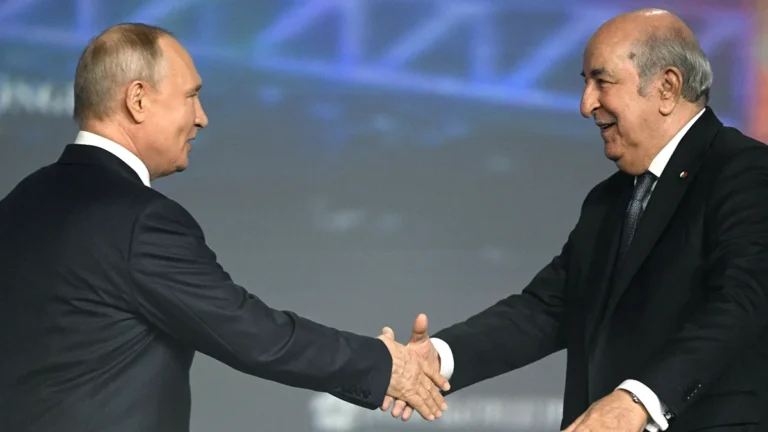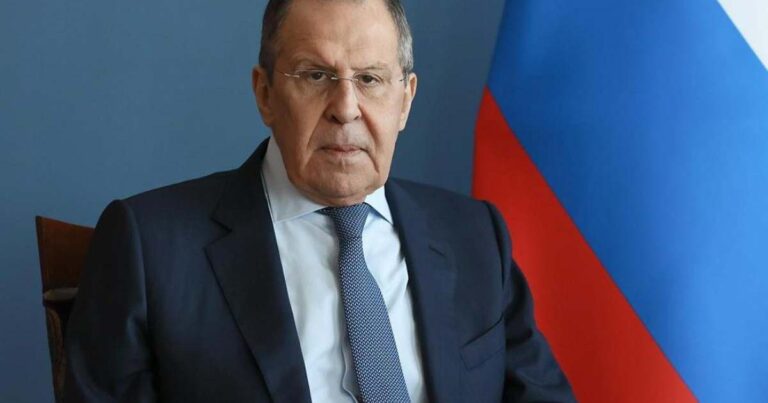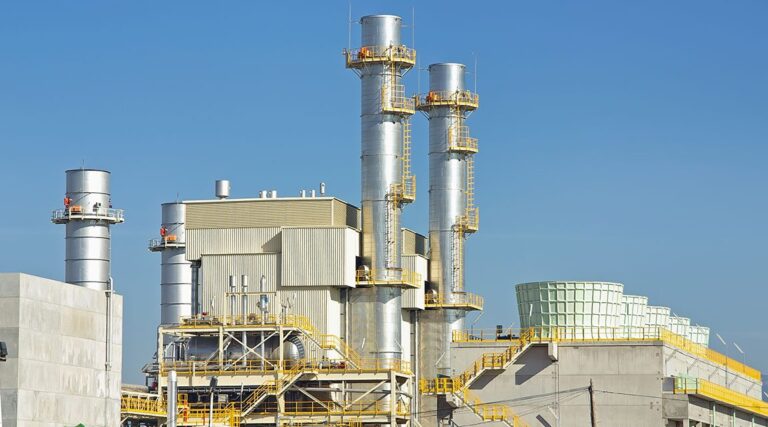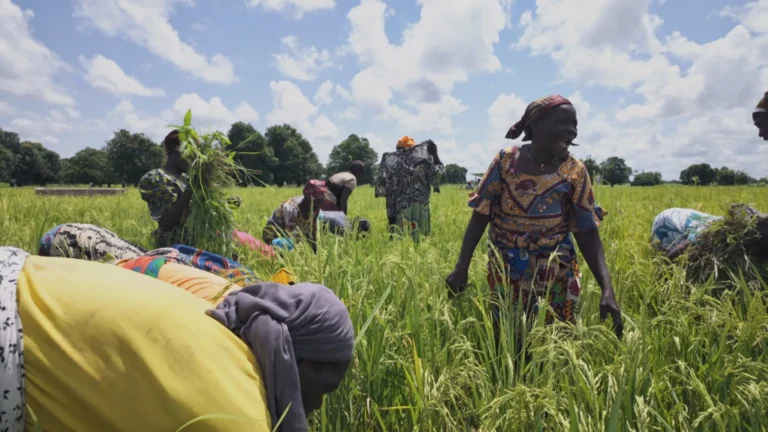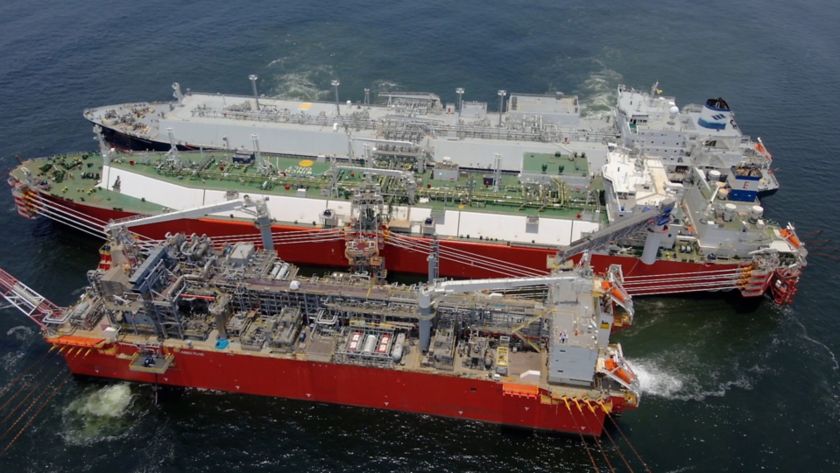
Congo-Brazzaville has marked a pivotal moment in African energy history with the Marine XII project, the continent’s first liquefied natural gas (LNG) initiative to fully eliminate routine gas flaring.
Spearheaded by Italian energy giant ENI, the project integrates advanced environmental safeguards and technological innovation in a bid to reshape the regional oil and gas landscape.
Located 20 kilometers off the Congolese coast, Marine XII is now a key driver of Congo’s transformation into an LNG-exporting nation. In February 2024, the country celebrated its first LNG shipment to Europe, following years of strategic investment.
The project, jointly developed by ENI (65%), Lukoil (25%), and the Société Nationale des Pétroles du Congo (10%), targets an annual capacity of 3 million tonnes by the end of 2025.
Central to the Marine XII infrastructure are two floating LNG production units: Tango FLNG, already operational with a 0.6 Mt/year output, and the soon-to-be-launched Nguya FLNG, which will add 2.4 Mt/year. These units are supplied by the Litchendjili and Nenè gas fields via short subsea pipelines.
What distinguishes Marine XII globally is its pioneering “zero flaring” architecture.
Employing low-leakage compression systems and continuous digital emissions monitoring, the project adheres to stringent environmental standards, aligning with ENI’s commitment to the World Bank’s Global Flaring and Methane Reduction (GFMR) initiative.
Beyond export ambitions, the project is fuelling domestic power generation. Marine XII supplies gas to the 300 MW Congo Power Plant (CEC) and the 50 MW Djéno Power Plant (CED), collectively accounting for 70% of the nation’s electricity supply.
Pointe-Noire now enjoys near-total coverage, while surplus energy is distributed to the capital, Brazzaville.
This low-emission model supports Congo’s wider ecological goals. ENI is pursuing carbon neutrality by 2050 through a blend of emissions cuts and nature-based offsets, including REDD+ forest conservation projects, which it says have already mitigated 1.5 million tonnes of CO₂.
Further anchoring its environmental credentials, ENI backs the High Integrity Forest (HIFOR) initiative launched in 2024 in the Nouabalé-Ndoki National Park.
These forest assets, unlike conventional carbon credits, directly fund biodiversity protection and community development through verified conservation certificates.
Simultaneously, the company is collaborating with the Wildlife Conservation Society to safeguard marine ecosystems—monitoring mangroves, leatherback turtles, and dolphin habitats across migratory corridors.
As Marine XII scales up, Congo’s energy leadership in Central Africa is set to expand. Minister of Hydrocarbons Bruno Jean-Richard Itoua describes the project as “a blueprint for integrating sustainable energy, economic development, and climate resilience.”
Looking toward 2030, the project’s long-term impact will hinge on transparent emissions reporting, rapid response to ecological risks, inclusive economic benefits, and reinvestment into a diversified, low-carbon energy future.
